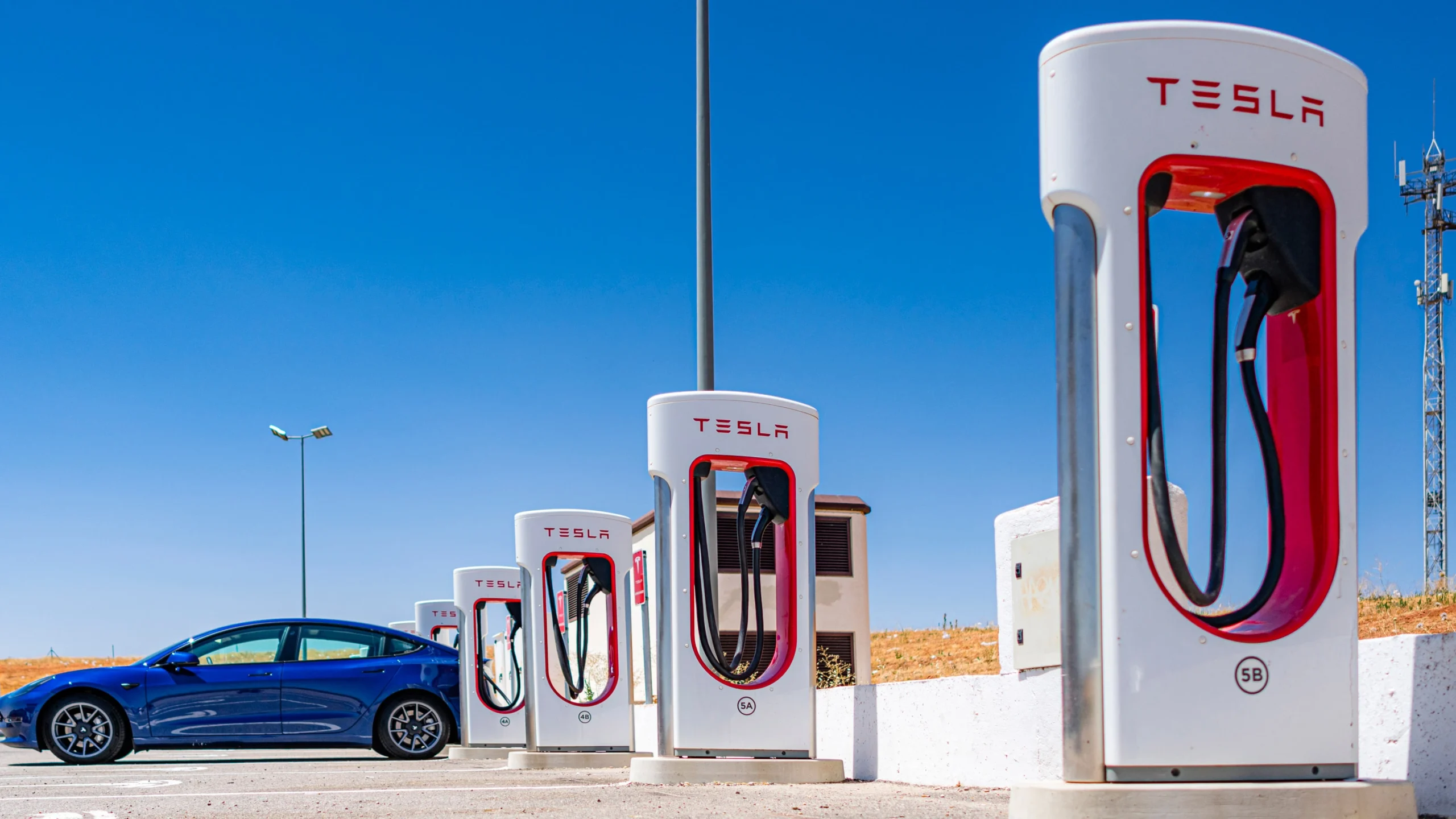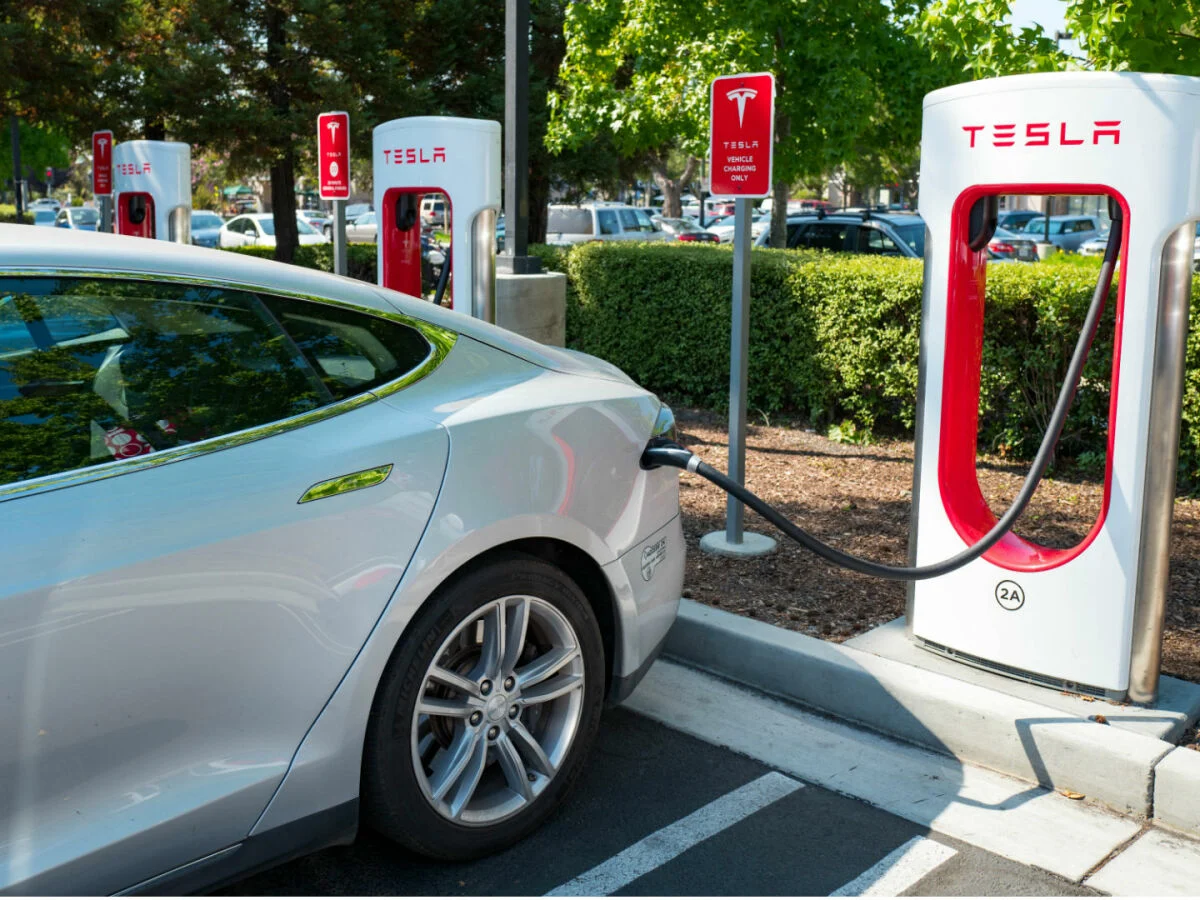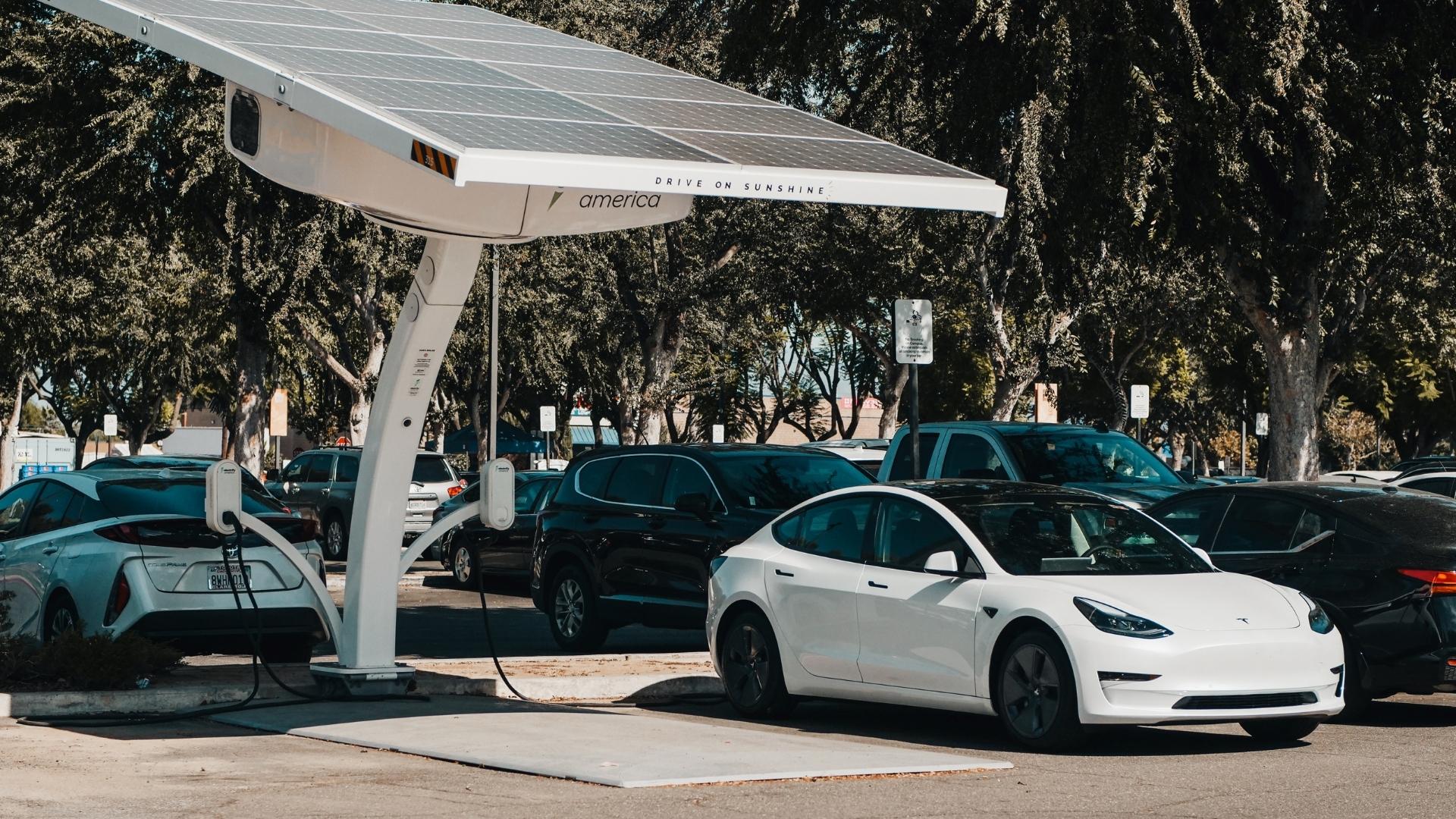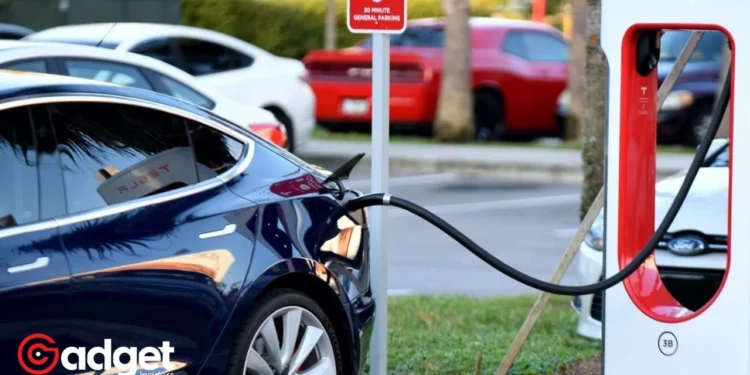In an era where electric vehicles (EVs) are accelerating into the mainstream, the debate over their viability for long journeys continues to spark conversations. A Tesla driver’s recent adventure from Ohio to Florida aimed to challenge common misconceptions surrounding EV charging times, specifically the myth that electric cars necessitate lengthy stops for recharging.

The Charge Against Time
The journey, covering a distance of over 1,000 miles, was not just a road trip but a mission to dispel doubts about electric vehicle efficiency. Critics often argue that EVs require inconveniently long charging breaks, posing a significant disadvantage compared to traditional gasoline vehicles.
However, Tesla’s network of Superchargers is changing the game, promising rapid recharging options that add substantial range in minimal time.
Supercharging the EV Experience
Tesla claims that its Superchargers can provide up to 200 miles of range with just 15 minutes of charging—a bold assertion that the driver was eager to test. Throughout their journey, they strategically stopped at seven Supercharger stations, accumulating a total charging time of 126 minutes.
This translates to just over two hours, a figure that challenges preconceived notions about electric vehicle recharging.

A Comparative Perspective
Detractors were quick to point out that hybrid vehicles, which combine gasoline engines with electric power, could potentially reduce the frequency of stops, needing refueling only every 500 miles or so. This argument suggests that a hybrid car would only require two stops for a journey of similar length.
However, the Tesla driver countered, highlighting that real-life travel often involves breaks for meals, restroom use, and stretching—factors that align the time spent at rest stops more closely between EVs and traditional vehicles.
Beyond the Battery
The discussion extends beyond mere charging times, touching on the convenience and availability of charging stations. Tesla’s expanding infrastructure of Superchargers not only facilitates quicker charging but also alleviates range anxiety, a common concern among potential EV adopters.
Moreover, the environmental benefits of electric vehicles, coupled with the technological advancements in battery life and charging speed, contribute to a growing acceptance of EVs as a viable alternative for both short commutes and long voyages.
Topping up at a #Tesla #Supercharger after achieving the perfect efficiency. 420Wh/mi 😌 pic.twitter.com/tMq2lfMbal
— Sofiaan Fraval (@Sofiaan) May 27, 2022
The Financial Equation
While electric vehicles offer savings on fuel costs, the initial setup for home charging can be an investment. A standard wall connector provides approximately 44 miles of range per hour of charging, a slower rate compared to Superchargers but sufficient for overnight charging.
For those looking to minimize their carbon footprint and electricity bills, Tesla’s Powerwall, combined with solar panels, represents a long-term solution that harnesses renewable energy to power both the home and vehicle.

Tesla: A Milestone in Electric Mobility
The Tesla driver’s journey from Ohio to Florida is more than a testament to the practicality of electric vehicles for long-distance travel; it’s a narrative that challenges stereotypes and encourages a shift in perception.
As EV technology continues to evolve, the day when electric cars dominate the road seems not a question of if, but when. With each mile driven on electric power, we move closer to a sustainable automotive future, debunking myths and embracing innovation one charge at a time.










